Hello,
Sorry for the delay. Sneezing has lots of possible causes. And therefore it is very hard to diagnose the cause so we can best direct a treatment plan.
I think your plan sounds pretty solid. I would start w your suggestions and see the vet.
best of luck







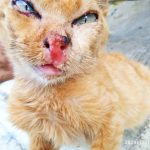
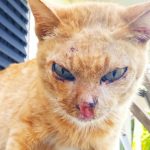
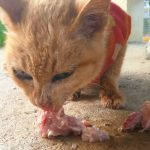
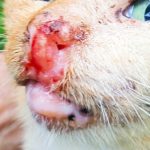
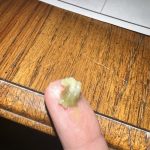
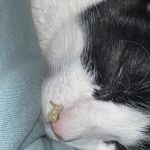






Hello,
I’m sorry to hear about your cat. I’m also sorry it’s so expensive to do these cases at referral centers.
If you have not looked for a polyp in the oropharynx yet I would start there. If you cannot afford the referral hospital and referral vet see if you can find a vet locally who will help. If you cannot afford find anyone locally I will do my best to help but I am not an internal medicine specialist and I don’t have a CT scanner. If the polyp can’t be found you may have no other options other than advanced diagnostics (CT or endoscopy).
Best of luck
Dr Magnifico